Natural attractions in Tanzania, East Africa, are a land of remarkable beauty and diversity. It’s home to some of the most famous places in the world, offering a blend of wildlife, beaches, mountains, and unique cultural experiences.
Natural attractions in Tanzania
Among natural attractions in Tanzania is Serengeti, which is synonymous with the annual migration of over a million wildebeest along with hundreds of thousands of zebras and gazelles. This spectacle, one of the most impressive natural events in the world, involves these animals moving in a circular pattern through the park.
This is also famous for the Big Five, lion, elephant, buffalo, leopard, and rhinoceros, and offers some of the finest wildlife viewing in Africa. Then, Kilimanjaro is the highest mountain in Africa and the tallest free-standing mountain in the world.
One of the most famous natural attractions in Tanzania, climbing Kilimanjaro, which is a dormant volcano, is a major bucket-list item for many adventurers. The mountain’s slopes are a study in ecological diversity, from tropical rainforest at the base to the arctic conditions at the summit.
The UNESCO World Heritage Site of Ngorongoro Crater is the world’s largest inactive, intact, and unfilled volcanic caldera. The crater floor is a natural sanctuary for thousands of animals, including the rare black rhino.
Among natural attractions in Tanzania, the area is also home to the Maasai people, who graze their cattle alongside the indigenous wildlife. Known for its idyllic beaches, the Zanzibar Archipelago is a slice of paradise with white sandy beaches and clear turquoise waters.
The historic Stone Town, with its rich history and unique architecture, is a cultural treasure. Then, Selous is one of the largest faunal reserves in the world and offers a more secluded safari experience. It’s known for its elephants, cheetahs, rhinoceros, hippos, and crocodiles.
The Rufiji River is also one of natural attractions in Tanzania. It offers a unique opportunity for boat safaris, a different way to experience the African wildlife. The Tarangire National Park is known for its high density of elephants and baobab trees. It’s also a haven for bird enthusiasts with over 500 different bird species.
The Lake Manyara National Park is known for its unusual tree-climbing lions and diverse ecosystems ranging from savannah to marshes and acacia woodland. The lake is also a prime spot for flamingo viewing, along with other large water birds.
Also among natural attractions in Tanzania are Gombe Stream and Mahale Mountains National Parks. These are famous for their populations of chimpanzees and are among the few places in Africa where you can trek to see them in their natural habitat.
These natural attractions in Tanzania offer a more remote and unspoiled experience compared to the more visited parks. Known for its marine reserve, Mafia Island is a fantastic destination for diving and snorkeling, with an abundant variety of marine life and beautiful coral gardens.
The island is one of the best places in the world to swim with whale sharks. Located in Lake Victoria, Rubondo Island National Park is a haven for bird watchers with over 200 bird species recorded. It also offers a unique experience with its population of chimpanzees and elephants.
Among other natural attractions in Tanzania are the Eastern Arc Mountains. This range of ancient mountains is a biodiversity hotspot, home to many species not found anywhere else on earth. The Usambara and Uluguru ranges are particularly famous for their vibrant rainforests and endemic species.
Tanzania’s natural attractions are as diverse as they are breathtaking. From the iconic Serengeti to the serene beaches of Zanzibar, the country offers an unrivaled array of experiences for nature lovers, wildlife enthusiasts, and adventure seekers, with its commitment to conservation and sustainable tourism.
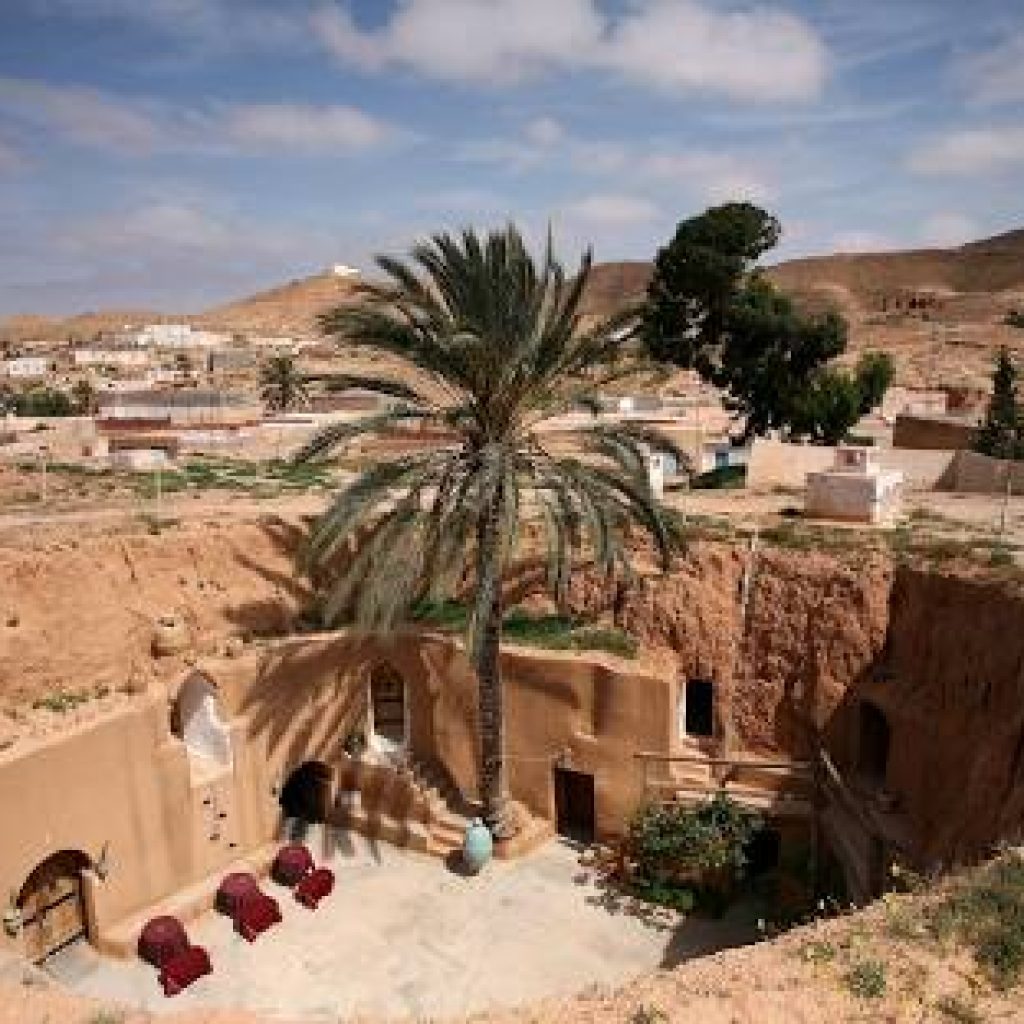
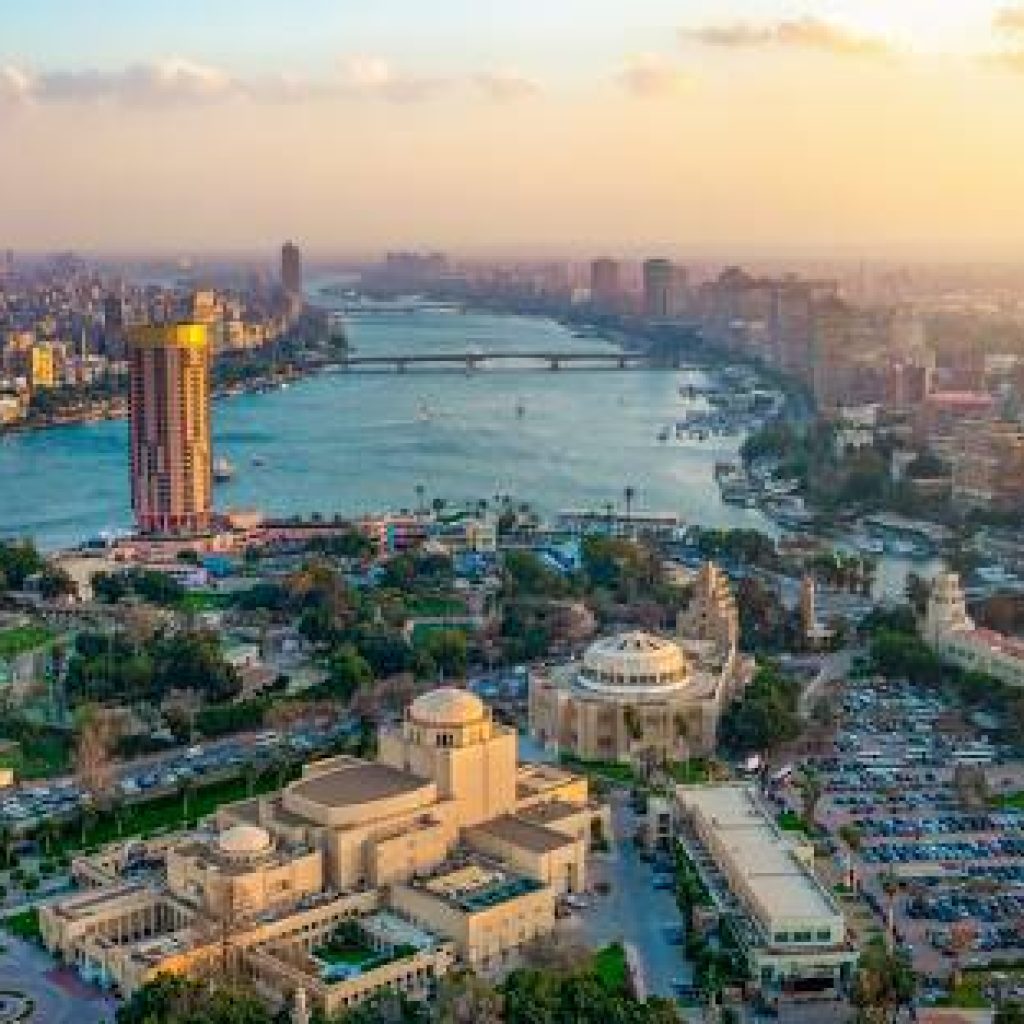
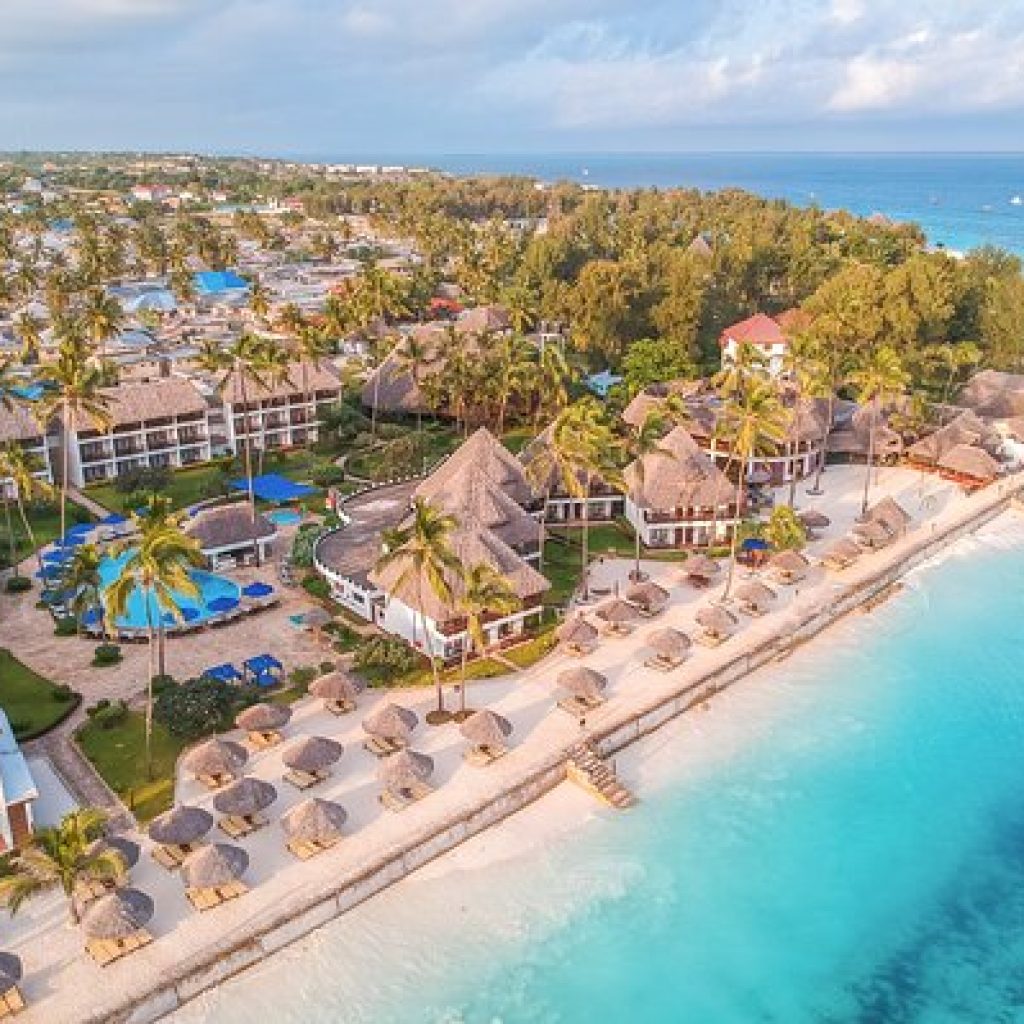
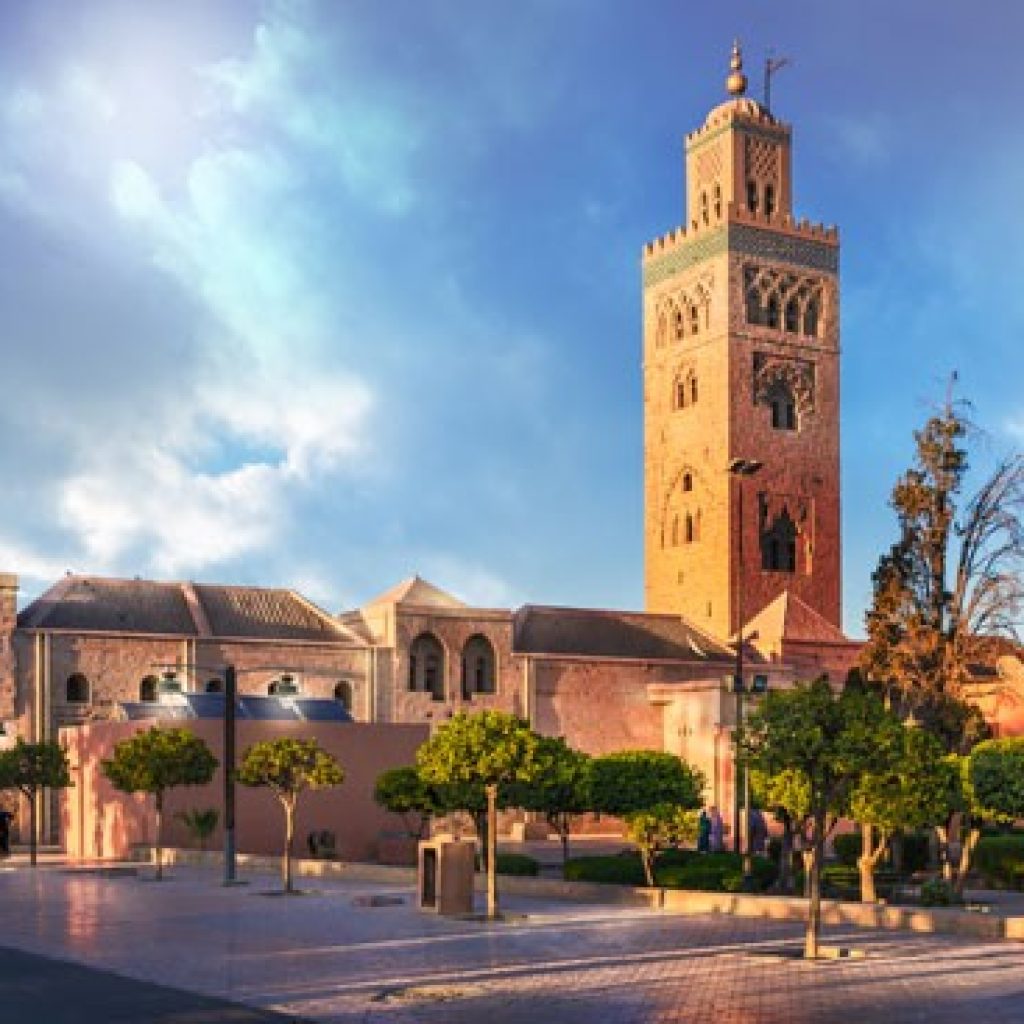


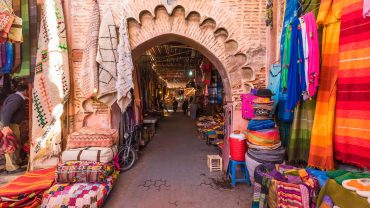
Comment (0)